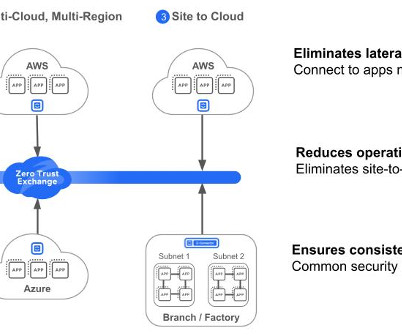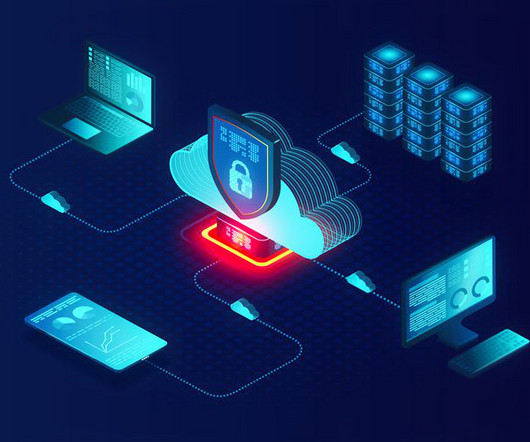Google Cloud and Palo Alto Networks Deliver Cloud-Native NGFW Service
Palo Alto Networks
APRIL 11, 2024
Google Cloud and Palo Alto Networks are excited to announce the general availability of Google Cloud Next-Generation Firewall (NGFW) Enterprise. Recent research from TechTarget's Enterprise Strategy Group (ESG) , shows that 88% of organizations struggle to secure public cloud environments.















Let's personalize your content